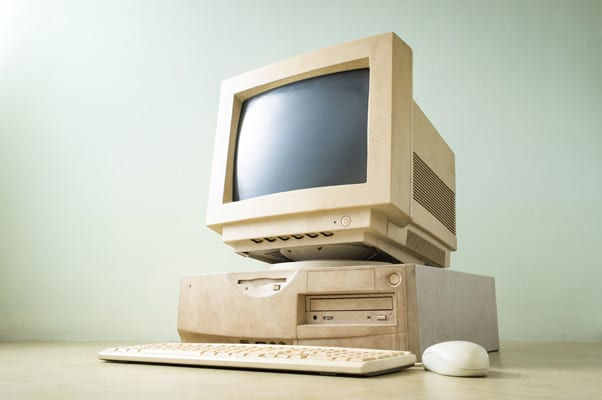HISTORY OF COMPUTERS
- Devasya Mishra
- Jul 25, 2020
- 3 min read
Updated: Feb 20, 2021

We all use a computer in our everyday life so it becomes mandatory to acquire the knowledge of various functions that it performs and about its history since inception.
Charles Babbage, an English mechanical engineer and polymath, originated the concept of a programmable computer. Considered the "father of the computer", he conceptualized and invented the first mechanical computer in the early 19th century.
The history of computing is longer than the history of computing hardware and modern computing technology and includes the history of methods intended for pen and paper or for chalk and slate, with or without the aid of tables.
Digital computing is intimately tied to the representation of numbers. But long before abstractions like the number arose, there were mathematical concepts to serve the purposes of civilization.
The earliest known tool for use in computation is the Sumerian abacus, and it was thought to have been invented in Babylon c. 2700–2300 BC. Its original style of usage was by lines drawn in sand with pebbles. Abaci, of more modern design, are still used as calculation tools today. This was the first known computer and most advanced system of calculation known to date - preceding Greek methods by 2,000 years.

The first recorded idea of using digital electronics for computing was the 1931 paper "The Use of Thyratrons for High-Speed Automatic Counting of Physical Phenomena" by C. E. Wynn-Williams. From 1934 to 1936, NEC engineer Akira Nakashima published a series of papers introducing switching circuit theory, using digital electronics for Boolean algebraic operations, influencing Claude Shannon's seminal 1938 paper "A Symbolic Analysis of Relay and Switching Circuits".
The 1937 Atanasoff–Berry computer design was the first digital electronic computer, though it was not programmable. The Z3 computer, built by German inventor Konrad Zuse in 1941, was the first programmable, fully automatic computing machine, but it was not electronic.
Alan Turing modelled computation in terms of a one-dimensional storage tape, leading to the idea of the Turing machine and Turing-complete programming systems.
During World War II, ballistics computing was done by women, who were hired as "computers." The term computer remained one that referred to most women (now seen as "operator") until 1945, after which it took on the modern definition of machinery it presently holds.
The Manchester Baby was the first electronic stored-program computer. It was built at the Victoria University of Manchester by Frederic C. Williams, Tom Kilburn and Geoff Tootill, and ran its first program on 21 June 1948.
William Shockley, John Bardeen and Walter Brattain at Bell Labs invented the first working transistor, the point-contact transistor, in 1947, followed by the bipolar junction transistor in 1948. At the University of Manchester in 1953, a team under the leadership of Tom Kilburn designed and built the first transistorized computer, called the Transistor Computer, a machine using the newly developed transistors instead of valves. The first stored-program transistor computer was the ETL Mark III, developed by Japan's Electrotechnical Laboratory from 1954 to 1956. However, early junction transistors were relatively bulky devices that were difficult to manufacture on a mass-production basis, which limited them to a number of specialised applications.
In 1954, 95% of computers in service were being used for engineering and scientific purposes.
Now I am damn sure that if anyone will ask you the history of computers in future then you definitely will be able to answer him/her through the knowledge you have acquired from this blog.
Share this blog with your family, friends and colleagues to also make them enlightened with this thoughtful content.
Do like this too by clicking the heart below if you find this helpful.











Comments